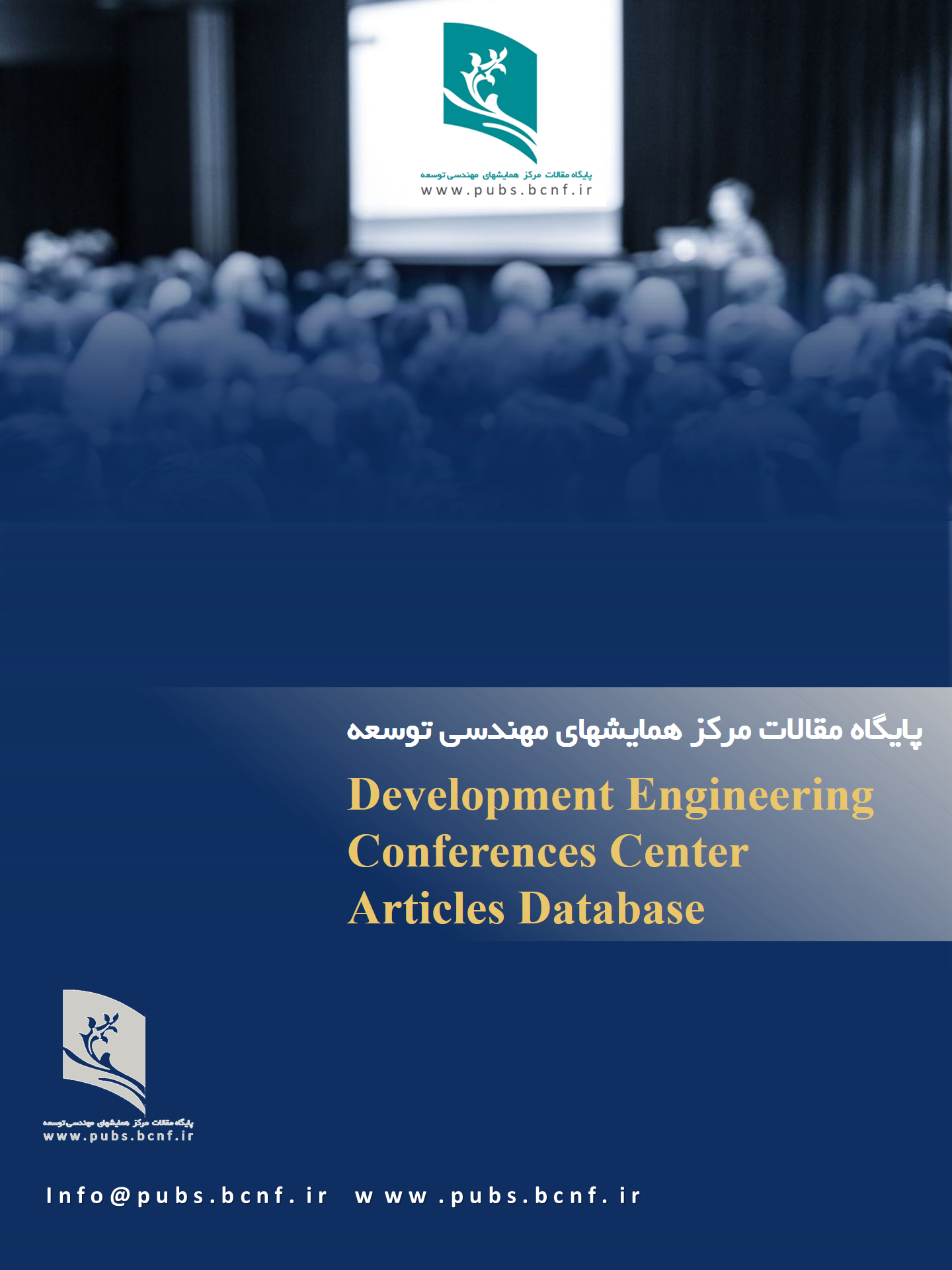Reconfiguring Mixed-Model Assembly Line by Considering Feeding Lines: Using a Pareto Optimal Solution
Keywords:
Mixed-model assembly line, reconfiguration, feeding lines, family, delivery deviation, pareto optimalAbstract
A mixed-model assembly line is a type of assembly line where various products with common basic features are assembled. Accordingly, this study aims to investigate and analyze the requirements and challenges of reconfiguring mixed-model assembly lines in the presence of sub-lines. In this paper, an optimization problem related to sequencing in a mixed-model assembly line is examined. Reconfigurable systems are designed around families of similar products. A mixed-model assembly line requires reconfiguration after assembling each batch of products within a family. The main objective of this research is to optimize the sequencing process in mixed-model assembly lines, which presents unique challenges due to the high variety of products and the need for rapid changes in the lines. To address these challenges, products have been categorized into different families based on commonality and complexity indices. This categorization is aimed at reducing the time and costs associated with reconfiguring the lines after assembling each product family. This optimization problem is solved by using Pareto-optimal solutions, which represent the optimal sequence of products within each family.
Downloads
References
[1] S. J. Hu et al., “Assembly system design and operations for product variety,” CIRP Ann Manuf Technol, vol. 60, no. 2, 2011, doi: 10.1016/j.cirp.2011.05.004.
[2] A. Kusiak and D. W. He, “Design for agile assembly: An operational perspective,” Int J Prod Res, vol. 35, no. 1, 1997, doi: 10.1080/002075497196037.
[3] J. Heilala and P. Voho, “Modular reconfigurable flexible final assembly systems,” Assembly Automation, vol. 21, no. 1, 2001, doi: 10.1108/01445150110381646.
[4] J. K. L. Ho, “A proposed approach for reconfiguration of flexible assembly line systems by motion genes,” Int J Prod Res, vol. 43, no. 9, 2005, doi: 10.1080/00207540412331327709.
[5] Z. Xu and M. Liang, “Integrated planning for product module selection and assembly line design/reconfiguration,” Int J Prod Res, vol. 44, no. 11, 2006, doi: 10.1080/00207540500357146.
[6] A. Bryan, J. Ko, S. J. Hu, and Y. Koren, “Co-evolution of product families and assembly systems,” CIRP Ann Manuf Technol, vol. 56, no. 1, 2007, doi: 10.1016/j.cirp.2007.05.012.
[7] H. Moradi, M. Zandieh, and I. Mahdavi, “Non-dominated ranked genetic algorithm for a multi-objective mixed-model assembly line sequencing problem,” Int J Prod Res, vol. 49, no. 12, 2011, doi: 10.1080/00207540903433882.
[8] K. Tracht and S. Hogreve, “Decision Making During Design and Reconfiguration of Modular Assembly Lines,” in Enabling Manufacturing Competitiveness and Economic Sustainability, 2012. doi: 10.1007/978-3-642-23860-4_17.
[9] D. Gyulai, B. Kádár, and L. Monostori, “Scheduling and Operator Control in Reconfigurable Assembly Systems,” in Procedia CIRP, 2017. doi: 10.1016/j.procir.2017.03.082.
[10] P. Fattahi, N. B. Tavakoli, M. Fathollah, A. Roshani, and M. Salehi, “Sequencing mixed-model assembly lines by considering feeding lines,” International Journal of Advanced Manufacturing Technology, vol. 61, no. 5–8, 2012, doi: 10.1007/s00170-011-3726-3.
[11] M. Rabbani, M. Mokhtarzadeh, N. Manavizadeh, and A. Farsi, “Solving a bi-objective mixed-model assembly-line sequencing using metaheuristic algorithms considering ergonomic factors, customer behavior, and periodic maintenance,” OPSEARCH, vol. 58, no. 3, pp. 513–539, Sep. 2021, doi: 10.1007/S12597-020-00489-Y.
[12] A. Kumar, L. N. Pattanaik, and R. Agrawal, “Optimal sequence planning for multi-model reconfigurable assembly systems,” International Journal of Advanced Manufacturing Technology, vol. 100, no. 5–8, 2019, doi: 10.1007/s00170-018-2826-8.
[13] F. A. Touzout, H. Haddou Benderbal, A. Khezri, and L. Benyoucef, “Process Plan Generation for Reconfigurable Manufacturing Systems: Exact Versus Evolutionary-Based Multi-objective Approaches,” Studies in Computational Intelligence, vol. 906, pp. 1–15, 2021, doi: 10.1007/978-3-030-58930-1_1.



